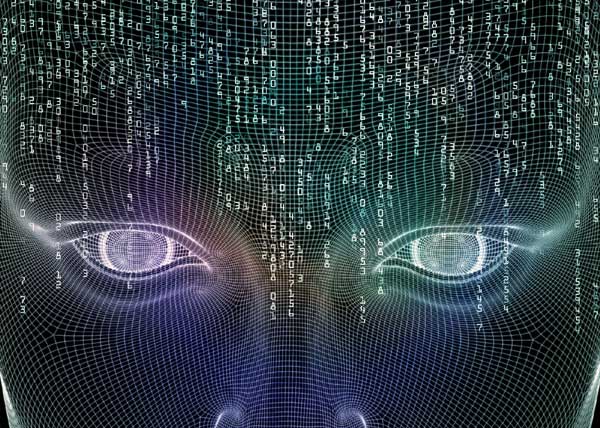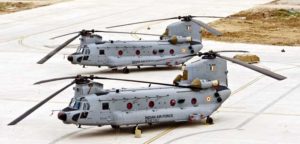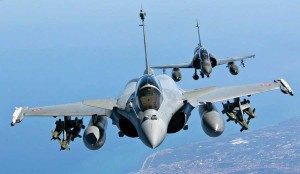
As India entered the league of Space Superpowers with the launch of its first ever A-SAT (Anti Satellite Missile), the heat has turned on with former DRDO Chief V.K Saraswat claiming that under his tenure this certain plan was all technically chalked out but the then UPA government’s disinterest in the matter fizzled out an ambitious endeavour.
Russia’s refusal worked as a blessing in disguise for India. Though an extremely complex technology to develop — India has finally attained the unimaginable.
India’s tryst with space started in 1975 with Aryabhata, an experimental satellite, which was successfully followed up in 1979 with Bhaskara-I, India’s first satellite launched with the purpose of Earth Observation. But, India’s ambitions to advance in space technology were much slower compared to other countries. A number of projects met with technical failure like the Rohini Technology Payload (RTP) in 1979, INSAT-1A in 1982, SROSS-1 in 1987, SROSS-2 in 1988 and IRS-IE in 1993. Though they were quite a few successful accomplishments, India was lagging much behind in World’s space power display. A pivotal reason for this setback was USSR’s refusal to share the cryogenic engine technology with India. ISRO and some of its best minds toiled for almost 17 years and in 2010, India finally launched the GSAT-4 into orbit, but the native cryogenic engine failed to ignite and the GSLV sadly crashed into the Bay of Bengal. Between 2001 and 2007, all of India’s 5 GSLV satellites launched in space had Russian cryogenic engines. Russia’s refusal worked as a blessing in disguise for India. Though an extremely complex technology to develop — India has finally attained the unimaginable.
It was the USSR’s Roscosmos and USA’s NASA who were leading the world race in space domination. While kids were writing essays on Yuri Gagarin and Neil Armstrong, in 1984 India’s Rakesh Sharma became the country’s first space traveler in the Soyuz T-11, as part of the Interkosmos programme. Sharma who turned 70 this year, attended the Kerala Literature Festival in Kozhikode held earlier this year where G. Madhavan Nair, former Chairman of Indian Space Research Organisation (ISRO) was also present. Sharma stressed on the necessity to invest in space research for mankind’s greater benefit. The astronaut and pilot said that it isn’t just about Star Wars. Sharma reiterated during the meet that “There is hardly a facet of an Indian citizen that has not been touched by ISRO’s technology”, he said citing the advances in education, tele-medicine, telecommunication, etc.,” quoted The Hindu.
Both Nuclear research and Space research were hugely neglected through the 1970’s and 80’s, until Dr. APJ Abdul Kalam and Atal Bihari Vajpayee motivated the country’s scientists to take the plunge and show the world that India is a substantial nuclear power, and now the success of A-SAT has affirmed the fact that the present government doesn’t shy away when it comes to taking crucial national security decisions. Our earlier procrastinations only left us as an object of commiseration in the world. Technological development isn’t just a morale booster — implied the right way it opens new vistas for innovation that affects every sphere of human life.
 The induction of CH-47F (I) Chinook helicopters has augmented the country’s air defense capabilities in hard-to-navigate terrains and high altitude operations. They could also be of huge utility in NDRF and other rescue operations.
The induction of CH-47F (I) Chinook helicopters has augmented the country’s air defense capabilities in hard-to-navigate terrains and high altitude operations. They could also be of huge utility in NDRF and other rescue operations.
AI (Artificial Intelligence) is one technological arena that has redefined the name of the game. As per some reports, India’s Defense Ministry has started preparing the forces for the optimum use of AI in its work procedures. It’s been over a year now since the special task force created to forge tactical implementation of AI for the nation’s security and defense has been fully operational. The force comprises of experts from the fields of Defense Research & DRDO, ISRO and NCSC as well as BARC. Ordinance factories and DPSU’s are expected to develop a range of products that shall function through AI. The two key modules on which work has been advancing is — Robotics and EYESIRa, which harvests energy to build infrared sensor networks to detect any unwarranted human intrusion at the borders.
With Space technology poised to be next big thing, a career in AI would be something that many aspiring technocrats would be keen to pursue.
Various reports also suggest that AI will debunk the belief that it’s here to rob humans of employment. On the contrary it would create a pool of jobs for the country’s youth. AI based tools are being seen as an indispensible mechanism for the forces in fields of data extraction, sensor data analysis and predictive maintenance. With Space technology poised to be next big thing, a career in AI would be something that many aspiring technocrats would be keen to pursue.
For months together we were witness to the Rafale deal controversy where the political opposition stuck firm to its claim that the ruling Government had favored a certain a private aviation company and re-orchestrated the deal in a way that was sheer “Crony capitalism” at its best.
According to leader of the opposition, they were the ones who’d originally made the deal with France’s Dassault Aviation and what they were seeing now was diametrically different as well as much more expensive; meant to cause a gargantuan loss to the exchequer and Himalayan profit to the Government’s favorite business ally. Not just did the subject become the hottest news headline, it also dragged the PMO and Defense Ministry to the alleys of the Supreme Court. Only after the Court gave a clean chit to the Government, that the fumes seem to have dissipated a bit; but it still looks far from extinguished.
The attention of people must be brought to the fact that the Rafale deal is a very good deal for India. During, the Kargil War, France was the only country that hadn’t imposed any sanctions on India; this goes a long way in explaining why Rafale was chosen in the first place.
With the financially burdening deals of the past with Russia, things getting even worse after Kremlin’s collapse and the subsequent poor performance and maintenance of the MIG’s, the USA, Sweden and Europe were the other options India had but the best thing about Rafale is that all its major components are French made, which gives it an edge over Sweden’s Gripen, which again relies on the USA for much of its paraphernalia, and financially fighter jets from the USA would have burnt the Government’s pockets much deeper.
Going for the Euro Fighter jets would have involved the political conciliation of UK, Italy and Germany which would have come with its own set of do’s and don’ts, making the acquisition process pretty cumbersome, bearing in mind the long standing Brexit crisis.
Both the Defense Ministry and IAF have asserted that with the jet’s reworked configuration and manufacturing policy (a point the opposition refuses to accept), the Rafale is definitely cost effective and conforms to the country’s geo political standpoint as well. India will save a good deal of money and generate jobs by manufacturing certain components in the country itself.
The advancements in defense technologies need to move at a rapid speed, like it is now, for the long term gains to be seen by all in near future. The beginning looks good — one just hopes that the momentum isn’t disturbed.





